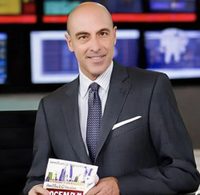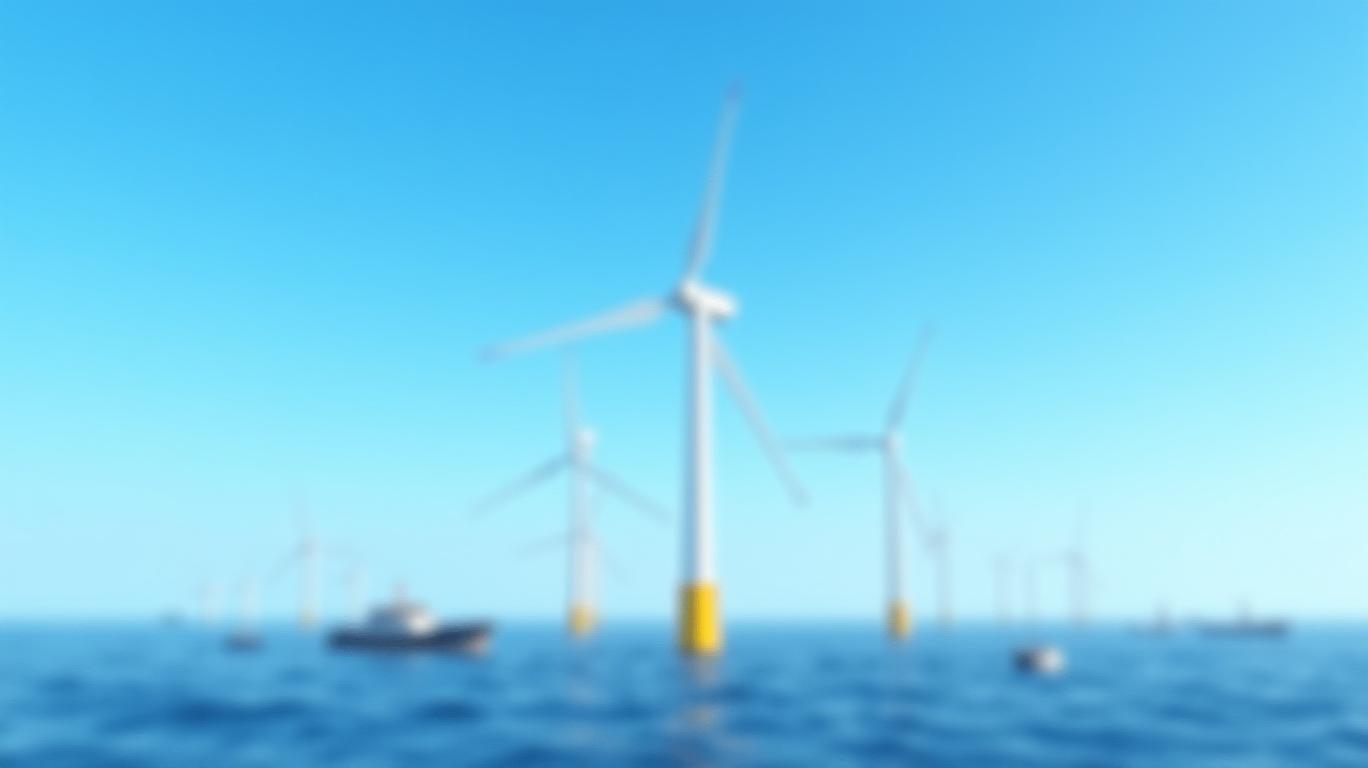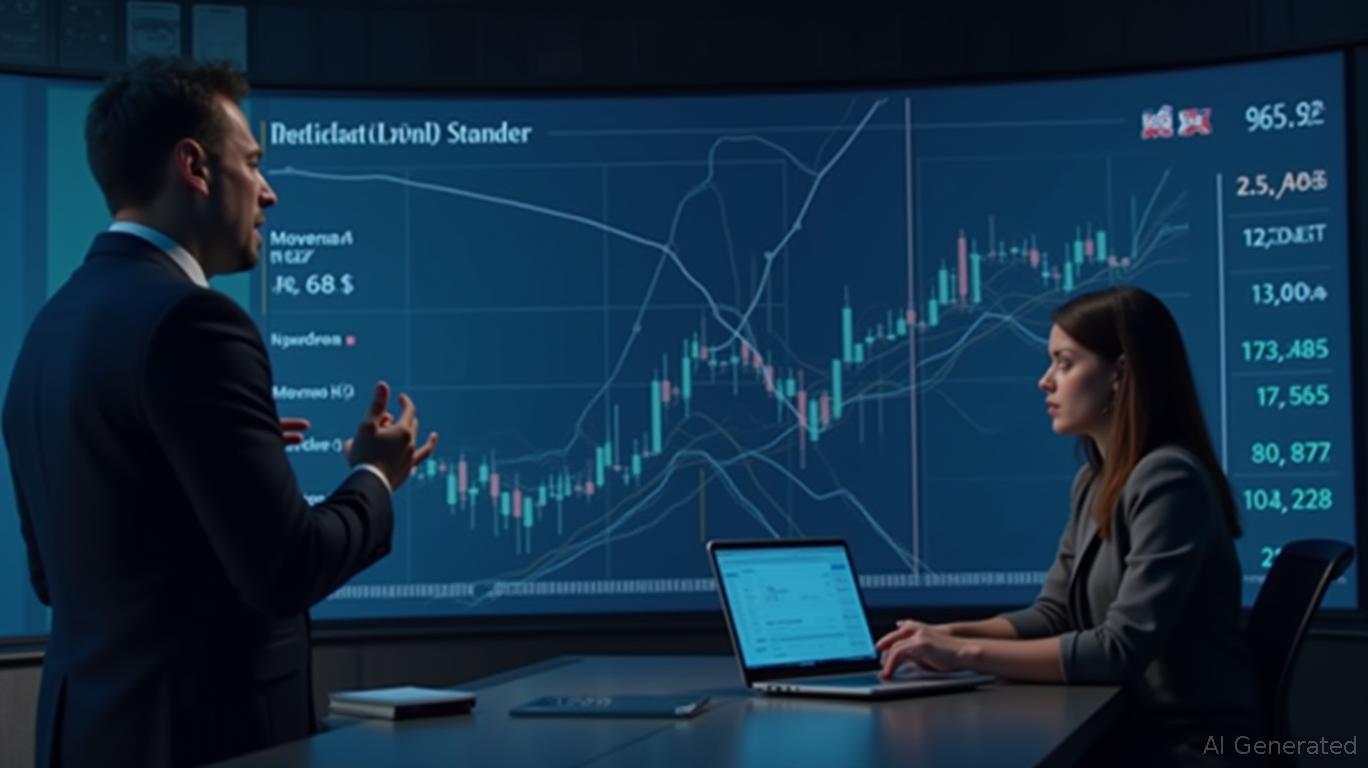The Offshore Wind Dilemma: How Regulatory Uncertainty is Upending U.S. Renewable Energy Ambitions
The U.S. offshore wind industry, once a beacon of green energy progress, now stands at a crossroads. In 2025, major developers like RWE and Equinor abruptly halted projects, citing regulatory upheaval under the Trump administration. What began as a climate-conscious investment opportunity has become a cautionary tale of political risk and financial fragility.
The Retreat of RWE: A Watershed Moment
RWE, a German energy giant, became the first major offshore wind developer to publicly abandon U.S. operations in 2025. CEO Marcus Krebber announced the withdrawal during shareholder meetings, citing “heightened regulatory uncertainty” and “political developments” as the primary drivers. RWE’s abrupt exit marked a stark reversal for a company that had staked its U.S. reputation on New York’s 3GW Community Offshore Wind project, a partnership with National Grid.
The company’s new stringent investment criteria—requiring federal permits to be secured, tax credits to be “safe harbored,” and all tariff risks mitigated—reflect a broader industry-wide skepticism. For investors, this shift underscores the precarious balance between renewable energy ambitions and the volatility of federal policy.
Note: RWE’s shares dropped 12% in the first quarter of 2025, coinciding with its U.S. exit announcement.
Equinor’s Empire Wind 1: A Victim of Federal Overreach
Equinor faced an even harsher blow. The Norwegian energy firm’s 810-MW Empire Wind 1 project, fully permitted and under construction, was abruptly halted by a January 2025 stop-work order from the Department of the Interior. The directive cited “serious deficiencies” in environmental reviews—a claim critics argue was politically motivated.
The fallout is staggering. Equinor now faces potential $1.5 billion in obligations to lenders if the project is suspended indefinitely, plus termination fees from suppliers. The South Brooklyn Marine Terminal, a $2.5 billion redevelopment reliant on Empire Wind’s operations, now risks losing 1,500 direct jobs and 3,500 supply chain positions.
Equinor underperformed the S&P 500 by 18 percentage points in 2025, as regulatory uncertainty spooked investors.
States vs. Federal Policy: A Clash Over Climate Goals
Governor Kathy Hochul of New York has emerged as a fierce defender of offshore wind, calling the halt to Empire Wind 1 “federal overreach” that jeopardizes the state’s 9GW offshore wind target by 2035. NYSERDA, the state’s energy authority, accused the administration of prioritizing “a shortsighted political agenda over climate progress.”
The conflict highlights a growing divide: states are pushing aggressively to meet emissions targets, while federal policy oscillates between support and skepticism. For investors, this divergence creates a high-stakes gamble. Renewable energy projects now depend not just on technology and markets but also on the political winds of Washington.
The Investor’s Crossroads
The abrupt halts reveal systemic vulnerabilities in the renewable energy sector. Key risks include:
1. Policy Volatility: Regulatory reversals can erase years of planning and billions in investments overnight.
2. Project Financing: Lenders and equity partners may demand stricter guarantees in an uncertain environment.
3. Supply Chain Fragility: Local jobs and infrastructure, such as the South Brooklyn Terminal, are collateral damage when projects stall.
Consider this: RWE’s stricter criteria now require federal permits to be “safe harbored”—a legal safeguard that could add years to project timelines. Meanwhile, the Trump administration’s moratorium on offshore wind leasing has frozen pipeline development, stifling growth for smaller players.
Conclusion: Stability or Stagnation?
The U.S. offshore wind industry is now at a tipping point. With RWE out and Equinor’s projects on hold, investor confidence has cratered. The numbers tell the story:
- $1.5B in potential lender repayments for Equinor’s halted project.
- 3,500 jobs at risk due to supply chain disruptions.
- 9GW goal for New York by 2035, now in doubt.
For investors, the lesson is clear: renewable energy’s future hinges on regulatory certainty. Without it, even the most promising projects risk becoming casualties of political cycles. The question now is whether Congress or the next administration can restore the clarity needed to revive this critical sector—or if offshore wind will remain stuck in the crossfire.
Note: Growth slowed from 45% in 2023 to just 8% in 2025 as regulatory uncertainty took hold.
The path forward demands more than ambition; it requires stability. Without it, the U.S. may forfeit its chance to lead in a $1 trillion global renewable energy market—and investors will pay the price.


_442a2dcc1749832873286.jpeg)
_e68fac6d1749831664430.jpeg)






